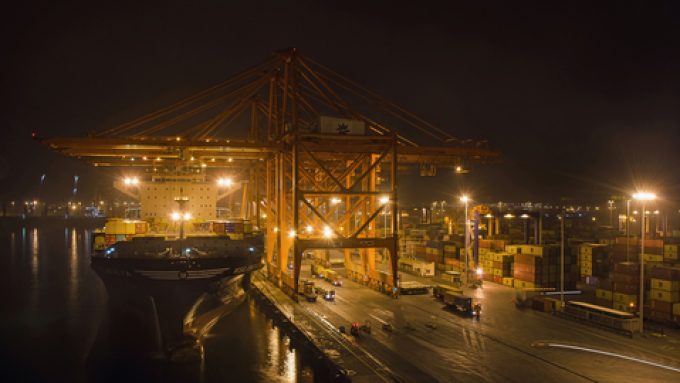Price war as carriers compete for cargo driving down container spot rates
Container spot freight rates on the major east-west liner trades experienced another week of decline, ...

The steady decline of container spot freight rates between Asia and Europe turned decidedly steeper this week, with both the Asia-North Europe and Asia-Mediterranean trades witnessing double-digit declines.
Drewry’s World Container Index (WCI) saw its Shanghai-Rotterdam leg shed nearly $1,000 per 40ft this week, dropping 14% week on week, while Xeneta’s XSI Asia-Europe price fell 10%, to $6,843 per 40ft.
Meanwhile, the WCI Shanghai-Genoa leg saw spot rates decline 12%, to $5,842 per 40ft, while the Freightos Baltic Index Asia-Mediterranean leg was ...
MSC port arm to buy Hutchison ports including Panama and Felixstowe
Latest strike will cause ‘massive' disruption at German airports
Liners cut long-haul sailings, but 'it won't be enough' to stop rates tumbling
TPM: Gemini carriers making good on schedule reliability promise, so far
DHL Global Forwarding misses profit expectations, despite strong Q4
Asia-Europe FAK price hikes manage to halt 13-week rate decline
TPM: Shipper-carrier power pendulum now swinging towards liners


Comment on this article